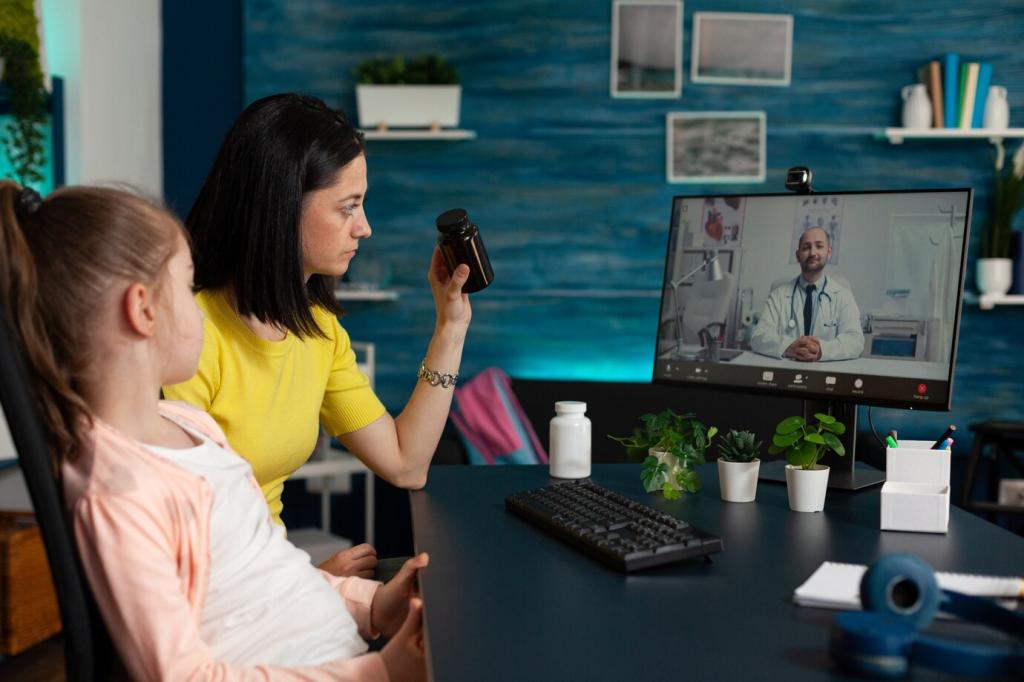Designing Flipped and Flexible Pathways
Pre-class materials should prepare students to use class time for sense-making and application. Keep videos concise, include brief checks, and preview dilemmas to tackle in person. What pre-class activity will you design next? Share your idea and get feedback.
Designing Flipped and Flexible Pathways
Offer curated options that target the same outcomes: watch, read, simulate, or interview. Balance structure with freedom by anchoring each choice to a clear rubric. Post your favorite choice-board categories so others can adapt them for their learners.






